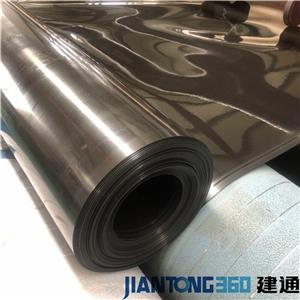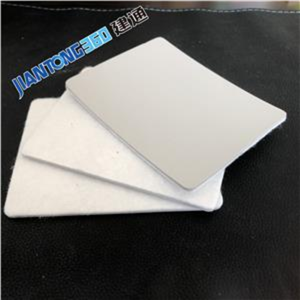Application and advantages of geomembrane in fish pond anti-seepage
Why do fish ponds need geomembranes?
In aquaculture (such as fish ponds, shrimp ponds, and koi ponds), it is crucial to maintain a stable water level and good water quality. Traditional earthen ponds are prone to leakage, water pollution, algae infestation, and other problems. HDPE geomembrane (anti-seepage membrane), as an efficient and economical anti-seepage material, has become the preferred solution for modern aquaculture.
Five advantages of geomembrane fish ponds
1. Excellent anti-seepage effect
Adopting high-density polyethylene (HDPE) material, the anti-seepage coefficient is high (≤1×10⁻¹³ m/s), which effectively prevents water loss.
Avoid frequent water replenishment due to leakage, saving water resources and electricity costs.
2. Stable water quality and improved aquaculture benefits
Block harmful substances in the soil (such as heavy metals and pesticides) from infiltrating into the water body and reducing fish diseases.
Inhibit excessive algae reproduction, keep water clear, and reduce the difficulty of aquaculture management.
3. Anti-aging, long service life
Anti-UV ingredients are added, and the outdoor service life can reach more than 10 years, adapting to harsh environments such as exposure to the sun and rain.
Acid and alkali resistant, corrosion resistant, suitable for marine aquaculture and high salinity areas.
4. Convenient construction and low maintenance cost
Compared with concrete pools, geomembrane fish ponds have a short construction period and can be filled with water after laying.
The surface is smooth and easy to clean, which reduces the accumulation of sludge at the bottom of the pool and reduces the frequency of pond cleaning.
5. Economic and environmentally friendly, low comprehensive cost
The material is light, and the transportation and installation costs are low, which is suitable for large-scale farms and family fish ponds.
Recyclable, in line with the trend of green aquaculture.
How to choose a suitable geomembrane?
Thickness: Recommended 0.3mm-1.0mm (0.5mm for small fish ponds, 0.8mm or more for large deep-water fish ponds).
Material: Give priority to new HDPE raw materials (non-recycled materials) to ensure non-toxicity.
Certification: In compliance with GB/T 17643-2011 standard, some export requirements require CE and FDA certification.
Successful Cases
Our geomembranes have been used in Southeast Asian shrimp farms, domestic koi ponds, industrial recirculating aquaculture and other projects, helping customers reduce leakage losses by more than 30%!
? Need a fish pond anti-seepage solution or geomembrane quotation? Please contact us for free technical guidance!




